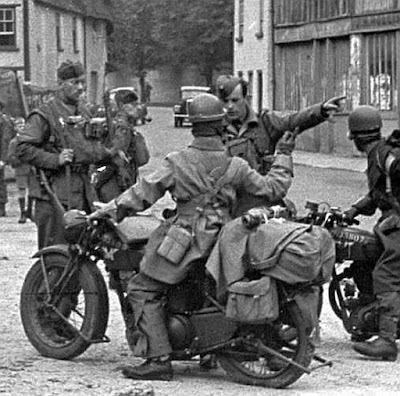JJ Paterson was born in 1886 at St. Andrews, Edinburgh, Scotland. He was the oldest son of William Paterson (1844-1914), a partner in the trading company Jardine Matheson, which had commenced business on the China Coast in 1832 and later became known as the "Princely Hong." Hong being the name given to the large trading companies operating out of Canton and later Hong Kong. William Paterson was a descendant of William Jardine's sister Jean. William Paterson passed away in 1914. His son, JJ Paterson, served in the County of London (Westminster Dragoons), a Territorial Army unit, and in the Camel Corps during WW1. He had marched into Baghdad with General Allenby, had been promoted from Sergeant to Lt, and had been Mentioned in Despatches (MiD) six times. After completing his military service, JJ joined Jardines in 1919. He married in 1926, aged thirty-nine, to Marjorie Hyland, aged twenty-nine, an American lady from California. The marriage took place in Jiangsu, China.
By the early 1930's he had risen to become Managing Director, or Taipan, of Jardine Matheson. He was Chairman of Hongkong & Shanghai Banking Corporation on three occasions between 1932 and 1941. Throughout the 1930s he served as Member of the Legislative Council (LEGCO), and from 1936, as a Member of the Executive Council (EXCO).
 |
| JJ Paterson (Source: Wikipedia and "The Thistle and the Jade" |
He had a large bungalow in Fan Ling from where he could enjoy his passion for shooting and for playing golf. On weekends he would host house parties. Emily Hahn, writing in China to Me (1944) describes one such house party.
"Charles (Boxer) and I went out for a weekend to J.J. Paterson's place at Fan Ling. ... JJ is a famous taipan who had been in China all his life, and who preferred to live miles from town. ... He is a large red-faced man with a sense of humour well above the average. Once in a while, when his chosen mode of living all alone palled on him, he sent out invitations to everyone he liked, and had a real bang-up party."
In 1941, aged fifty-five, he commanded a special guard unit of the HKVDC whose war station was to defend the Hong Kong Electric power station at North Point. The unit was known as the Hughes Group or the Hughesliers after their founder A. W. Hughes. The unit recruited predominantly from members of the British business community who were over the combatant age limit of fifty-five. Many of them had seen service in WW1 and in the Boer War. The oldest of this unit to be killed was Private Sir Edward De Voeux who was killed in action aged seventy-seven. The defenders from the Hughes Group, together with a handful of Rajputs and the survivors of a mobile platoon from 1/Mx fought off units from two battalions of Japanese infantry that had landed in the North Point area on Thursday night 18th December. The garrison had been subjected to aerial bombing and point-blank artillery fire, but held out until the afternoon of Friday 19th December 1941. JJ was held initially in North Point Camp and then Argyle Street Camp and later Sham Shui Po Camp. He survived the brutal incarceration, and after the war, in 1947, he retired to Kenya. He passed away in Nairobi in 1971, and his wife Marjorie passed away the following year. He received an MiD for his actions at North Point. His seventh MiD.
Colonel Shoji commanding 230th Infantry Regiment landed to the east of North Point. His troops picketed the power station and moved inland establishing an HQ at what Shoji described as a large lake, but which was, in fact, Braemar Reservoir. The site is now occupied by Braemar Hill Mansions and is close to the Chinese International School. From here, during the early hours of Friday 19th, Shoji's two battalions set out along Sir Cecil's Ride for Wong Nai Chung Gap ......and a date with destiny.
 |
| North Point (with Braemar Reservoir top right) |
 |
| Artillery fire directed at the HKE power station at point blank range |
 |
| The HKE power station at North Point. |
............................










